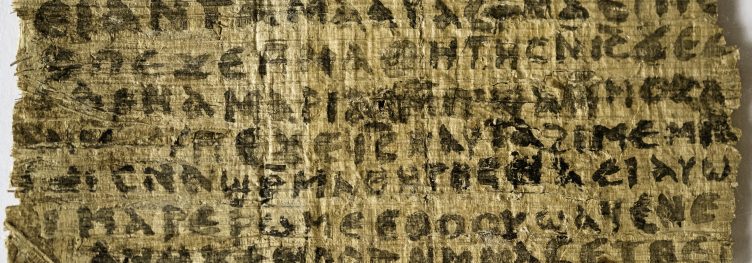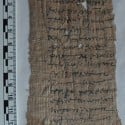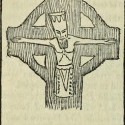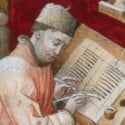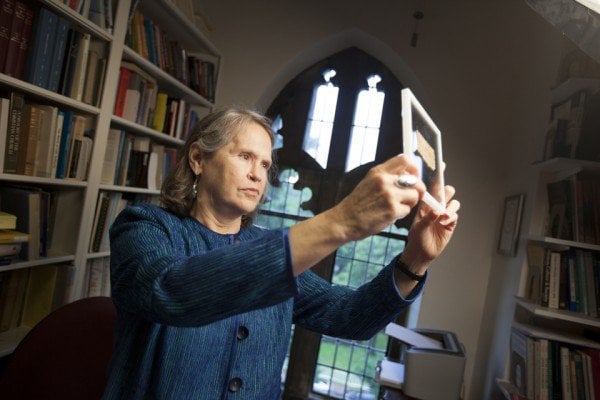 The latest issue of the Harvard Theological Review (free from here) has the long awaited articles regarding various analyses of the so-called Gospel of Jesus’ Wife papyrus, including a point-countpoint-counterpoint between King and Depuydt (TOC below). From Harvard Magazine:
The latest issue of the Harvard Theological Review (free from here) has the long awaited articles regarding various analyses of the so-called Gospel of Jesus’ Wife papyrus, including a point-countpoint-counterpoint between King and Depuydt (TOC below). From Harvard Magazine:
The April 2014 issue of the Harvard Theological Review (HTR) includes King’s article (originally slated to be published in January 2013) discussing the fragment and its importance to understanding early Christian debates about whether wives and mothers could be disciples of Jesus. The issue also contains a counterpoint by professor of Egyptology and ancient Western Asian studies Leo Depuydt of Brown University, who writes that he is certain that the text is a modern forgery. Depuydt’s analysis, which predates the scientific findings, points out that a forger could have written with lampblack on ancient papyrus. Infrared microspectroscopic analysis of the ink and papyrus, however, found nothing to suggest that they had been “fabricated or modified at different times.” In a rebuttal, King finds Depuydt’s textual analysis unpersuasive.
The Magazine further summarizes:
Now the scientific dating of the papyrus and the ink (which is not ink at all, but rather lampblack, a pigment often used in ancient Egypt for writing on papyrus) indicate that both are consistent with an ancient origin.
Because the fragment is so small, carbon-dating it proved troublesome. Researchers at the University of Arizona called into question their own results—which dated the papyrus to several hundred years before the birth of Christ—because they were unable to complete the cleaning process on the small sample of papyrus with which they were working, and felt that might have led to spurious results. A second carbon-dating analysis undertaken by Clay professor of scientific archaeology Noreen Tuross at Harvard and the Woods Hole Oceanographic Institute dated the papyrus, and a separate one (also believed to be of ancient origin) with text from the Gospel of John to approximately A.D. 700 to 800.
The relevant articles to GJW in this issue HTR 107.2:
Karen L. King, “Jesus said to them, ‘My wife . . .’”: A New Coptic Papyrus Fragment (131-159).
Malcolm Choat, “The Gospel of Jesus’s Wife: A Preliminary Paleographical Assessment” (160-162).
James T. Yardley and Alexis Hagadorn, “Characterization of the Chemical Nature of the Black Ink in the Manuscript of The Gospel of Jesus’s Wife through Micro-Raman Spectroscopy” (162-164).
Joseph M. Azzarelli and John B. Goods and Timothy M. Swager, “Study of Two Papyrus Fragments with Fourier Transform Infrared Microspectroscopy” (165-165).
Gregory Hodgins, “Accelerated Mass Spectrometry Radiocarbon Determination of Papyrus Samples” (166-169).
Noreen Tuross, “Accelerated Mass Spectrometry Radiocarbon Determination of Papyrus Samples” (170-171).
Leo Depuydt, “The Alleged Gospel of Jesus’s Wife: Assessment and Evaluation of Authenticity” (172-189).
Karen L. King, “Response to Leo Depuydt, ‘The Alleged Gospel of Jesus’s Wife: Assessment and Evaluation of Authenticity.’ ” (190-193).
